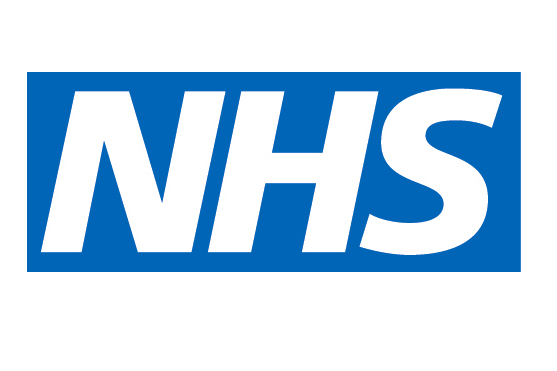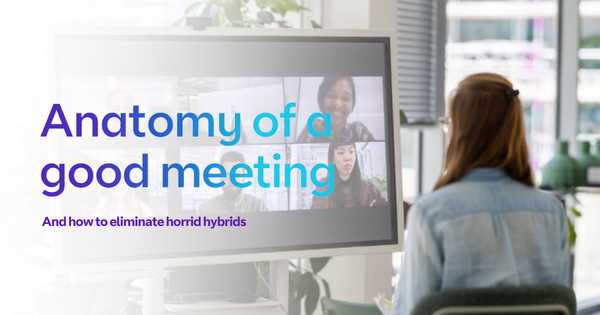Five steps to help cure NHS IT
The nightmare of NHS IT can be fixed. Here's five steps that can help it on its way.


The Public Accounts Committee report also suggested actual interaction with doctors and health staff would be highly beneficial. In one simple suggestion, the proverbial nail was well and truly hit on the head.
It's rare IT carries out a project by garnering opinion from end users before anything goes ahead. Yet as Fulham FC has proven this year with its IP CCTV system, in which the club's IT director spoke directly to the police about what they wanted, this method can bring real success.
The NHS can do the same. Obviously, speaking to each and every doctor, nurse and healthcare professional would be about as sensible as attempting to skateboard on an iPad, but there are better ways to understand the end user.
"Either you talk to the lobby organisation of the nurses or of the doctors, or you do representative studies," Wels-Maug said.
We can find a cure. It just needs a better approach.
"You agree with the NHS that you interview a certain number of doctors and then get their opinion and based on those results, you actually decide on how to take the strategy forward."
The needs of those doctors and nurses using the system need to be taken into consideration. It is the end user's satisfaction that will eventually be the judge of a project's success.
Get the ITPro daily newsletter
Sign up today and you will receive a free copy of our Future Focus 2025 report - the leading guidance on AI, cybersecurity and other IT challenges as per 700+ senior executives
Stay ambitious, but stay smart
An overarching theme of the Commons Public Accounts Committee report focused on the "one-size fits all approach" and its high potential for failure. Evidently, the complexity and size of the project has been too much for all involved.
Yet many agree the overall intent was positive. As Wels-Maug told IT Pro, the so-called Lorenzo framework was one of the most ambitious projects ever undertaken by a health organisation in the history of the world.
Whilst the DoH needs to scale down its grand plans, ensuring each NHS trust has effective IT in place rather than trying to lump a single system onto them all at once, such ambition should be lauded.
When the NHS goes back to the drawing board after the seemingly inevitable demise of Lorenzo, it should take all of the above on board.
At the same time, however, they should not give up on the dream of a nationwide platform to help doctors understand patients considerably quicker than before. It just needs a simpler, more sensible approach that takes each hospital's needs into consideration.
"I would imagine a national infrastructure would work, but I think it really depends on how it is approached and how it is being sold to trusts," she said. "Maybe there was too much rolled out and too little choice for them."
We can find a cure. It just needs a better approach.
Tom Brewster is currently an associate editor at Forbes and an award-winning journalist who covers cyber security, surveillance, and privacy. Starting his career at ITPro as a staff writer and working up to a senior staff writer role, Tom has been covering the tech industry for more than ten years and is considered one of the leading journalists in his specialism.
He is a proud alum of the University of Sheffield where he secured an undergraduate degree in English Literature before undertaking a certification from General Assembly in web development.
-
 Enterprises face delicate balancing act with data center sustainability goals
Enterprises face delicate balancing act with data center sustainability goalsNews High energy consumption, raw material requirements, and physical space constraints are holding back data center sustainability efforts, according to new research from Seagate.
By Emma Woollacott
-
 Cleo attack victim list grows as Hertz confirms customer data stolen
Cleo attack victim list grows as Hertz confirms customer data stolenNews Hertz has confirmed it suffered a data breach as a result of the Cleo zero-day vulnerability in late 2024, with the car rental giant warning that customer data was stolen.
By Ross Kelly
-
 Master the multi-cloud with Global Fabric
Master the multi-cloud with Global Fabricwhitepaper Achieve internet speed and reliability to match your business ambitions
By ITPro
-
 Anatomy of a good meeting
Anatomy of a good meetingWhitepaper And how to eliminate horrid hybrids
By ITPro
-
 The best of both worlds: Building a successful hybrid workplace
The best of both worlds: Building a successful hybrid workplaceWhitepaper Research reveals that delivering consistent cloud collaboration experiences to users is critical to future ways of working
By ITPro
-
 uSwitch: UK miles away from superfast broadband targets
uSwitch: UK miles away from superfast broadband targetsNews The UK is no way near getting Government targets on superfast broadband, according to a uSwitch report, but BT thinks the research is rubbish.
By Kellan Howell
-
 IT Pro Start-Up Tour: Zscaler
IT Pro Start-Up Tour: ZscalerNews The NHS has placed trust in cloud-based security - should your business follow suit and sign up with Zscaler?
By Tom Brewster
-
 Cloud computing to go mainstream in 10 years?
Cloud computing to go mainstream in 10 years?News Executives from the technology industry believe it'll be a while yet before cloud computing becomes the norm.
By Jennifer Scott
-
 Vendors must help with confusion over cloud computing
Vendors must help with confusion over cloud computingIn-depth IT pros are apparently confused by the cloud, and the different ways IT services providers view it isn't helping.
By Miya Knights
-
 West Wales hospital cuts servers with virtualisation
West Wales hospital cuts servers with virtualisationNews New tech takes hospital from 40 to three servers while boosting services for staff and patients.
By Miya Knights